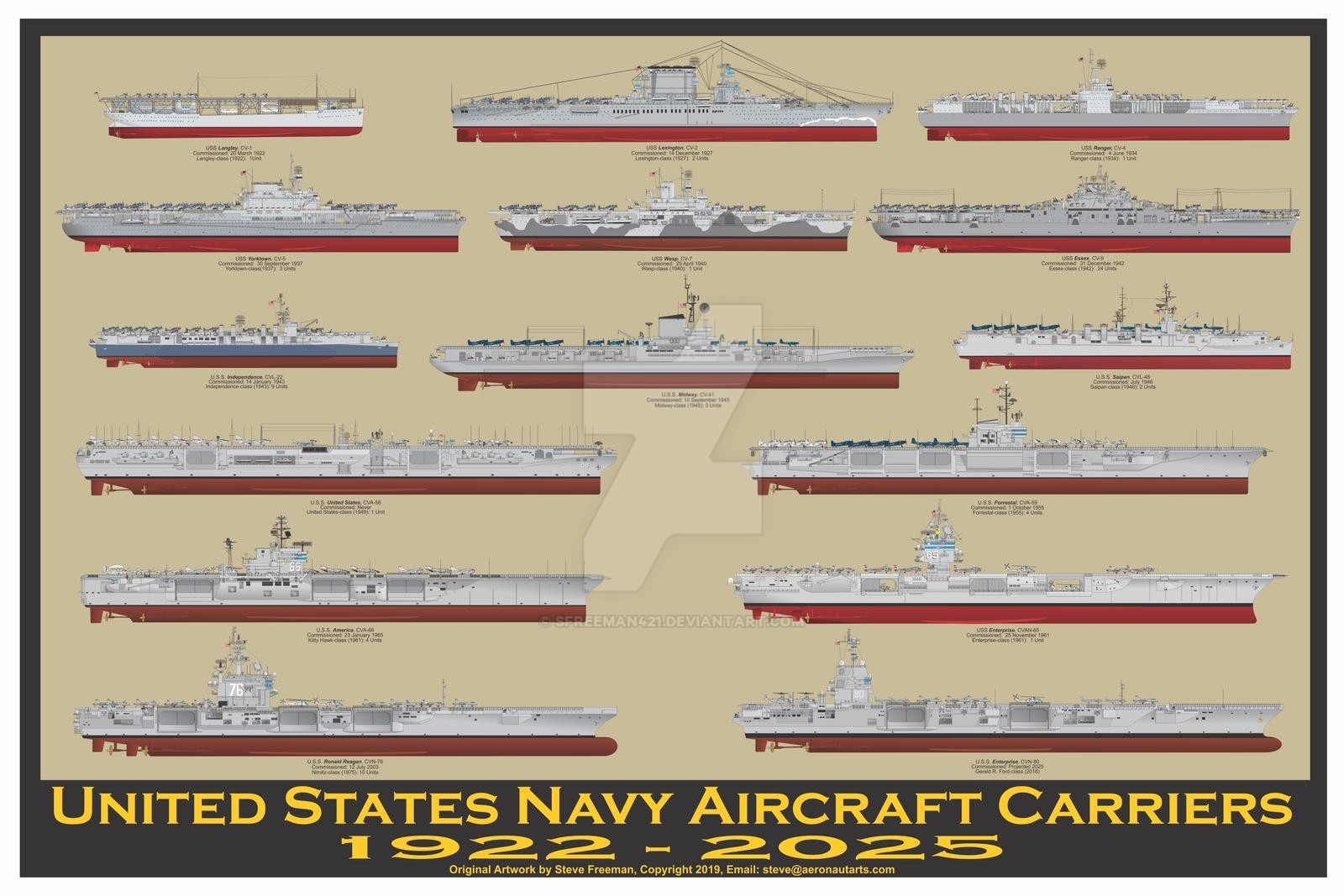How Many Carrier Groups Does The Us Have

The question "How many Carrier groups does the US have?" is a bit ambiguous, as Carrier can refer to several things within the HVAC industry. It's crucial to understand the context to provide an accurate answer. This article explores the different meanings and implications of "Carrier" within the heating, ventilation, and air conditioning (HVAC) landscape in the United States.
Understanding “Carrier” in the HVAC Context
When discussing "Carrier groups," we can interpret it in a few ways:
- Carrier as a Manufacturer: Carrier is a leading global manufacturer of HVAC systems. Understanding their operational structure within the US is key.
- Carrier Distributors: These are independent businesses that distribute Carrier products to contractors and dealers.
- Carrier Dealers/Contractors: Independent HVAC businesses that install and service Carrier equipment.
Let's delve into each of these:
Carrier Corporation: A Manufacturing Giant
Carrier Corporation, a part of Carrier Global Corporation, is a significant player in the HVAC manufacturing sector. While it's difficult to pinpoint the exact number of "Carrier groups" in terms of distinct operational divisions within the US, the company has a structured organization. Carrier operates through various business units focusing on different market segments:
- Residential HVAC: Manufacturing furnaces, air conditioners, heat pumps, and other residential climate control solutions.
- Commercial HVAC: Producing chillers, rooftop units, building automation systems, and other commercial-grade HVAC equipment.
- Refrigeration: Developing transport refrigeration solutions for trucks, trailers, and shipping containers.
Each of these segments has its own internal structure, including engineering, manufacturing, sales, and support teams. Carrier also has multiple manufacturing facilities located across the United States. To get an exact organizational chart would require internal documentation, but the key takeaway is that Carrier operates as a multifaceted organization with specialized teams focused on diverse aspects of HVAC and refrigeration.
Carrier Distributors: The Supply Chain Network
Carrier relies on a network of independent distributors to get their products to HVAC contractors. These distributors act as the intermediary between the manufacturer and the installer. The number of Carrier distributors fluctuates due to market conditions, acquisitions, and business decisions. However, it's safe to say that there are hundreds of independent Carrier distributors across the US.
These distributors are critical to the HVAC industry, providing contractors with access to equipment, parts, and technical support. They also play a role in training and education, helping contractors stay up-to-date on the latest Carrier technologies.
Carrier Dealers and Contractors: The Front Lines of HVAC
The largest group associated with Carrier is the network of independent dealers and contractors who install and service Carrier equipment. These businesses range from small, family-owned operations to large, multi-state companies. The number of Carrier dealers is substantial, potentially numbering in the thousands across the US. These dealers are often part of the *Carrier Factory Authorized Dealer* program, which signifies a commitment to quality installation, service, and customer satisfaction.
Career Path Example: A recent HVAC graduate starts as an apprentice at a Carrier Factory Authorized Dealer. Over time, they gain experience, obtain certifications, and potentially become a lead technician, service manager, or even start their own HVAC business. These dealerships offer numerous avenues for career advancement within the HVAC field.
HVAC Industry Overview and Job Outlook
The HVAC industry is experiencing steady growth, driven by factors like climate change, increased construction activity, and the need for energy-efficient systems. The Bureau of Labor Statistics projects a positive job outlook for HVAC mechanics and installers, with a projected growth rate of 6 percent from 2022 to 2032, about as fast as the average for all occupations.
This growth translates to numerous opportunities for individuals seeking a career in HVAC. Whether you're interested in installation, maintenance, repair, or design, the HVAC industry offers a wide range of options.
Salary Expectations
Salaries for HVAC professionals vary depending on experience, location, and certifications. According to the Bureau of Labor Statistics, the median annual wage for HVAC mechanics and installers was $59,620 in May 2023. The lowest 10 percent earned less than $37,540, and the highest 10 percent earned more than $97,710. Skilled technicians with specialized knowledge, such as those working with commercial HVAC systems or building automation, often command higher salaries.
Essential HVAC Certifications
Obtaining relevant certifications is crucial for career advancement in the HVAC industry. Here are some key certifications to consider:
- EPA Section 608 Certification: This certification is mandatory for technicians who handle refrigerants. It covers the proper handling, recovery, and recycling of refrigerants to prevent ozone depletion.
- NATE (North American Technician Excellence) Certification: NATE is a leading certification organization for HVAC technicians. NATE certification demonstrates a technician's knowledge and skills, enhancing their credibility and earning potential.
- HVAC Excellence Certification: Another respected certification program that validates a technician's expertise in various HVAC areas.
- Manufacturer-Specific Training: Carrier, like other HVAC manufacturers, offers training programs on their specific equipment. These programs can enhance a technician's ability to install, troubleshoot, and repair Carrier systems effectively.
The EPA 608 certification is absolutely essential for most HVAC jobs, ensuring that technicians are qualified to handle refrigerants safely and responsibly. NATE certification is often seen as a gold standard, demonstrating a high level of competence and professionalism.
Career Paths in the HVAC Industry
The HVAC industry offers a diverse range of career paths, from entry-level positions to advanced technical and management roles. Here are some examples:
- HVAC Installer: Installs heating, cooling, and ventilation systems in residential and commercial buildings.
- HVAC Technician: Diagnoses and repairs HVAC systems, performs routine maintenance, and ensures optimal system performance.
- HVAC Service Manager: Oversees a team of technicians, manages service schedules, and ensures customer satisfaction.
- HVAC Sales Engineer: Designs and sells HVAC systems to commercial and industrial clients.
- Building Automation Systems (BAS) Technician: Installs, programs, and maintains building automation systems that control HVAC, lighting, and security.
- HVAC Design Engineer: Designs HVAC systems for new construction and renovation projects.
Real-World Example: An experienced HVAC technician with NATE certification and expertise in building automation systems transitions into a role as a BAS Technician, earning a higher salary and working on cutting-edge technology. This illustrates how certifications and specialized skills can open doors to more advanced and lucrative career opportunities.
The Future of HVAC
The HVAC industry is constantly evolving, with new technologies and trends shaping the future. Some key trends to watch include:
- Energy Efficiency: Increasing demand for energy-efficient HVAC systems to reduce energy consumption and lower utility bills.
- Smart HVAC Systems: Integration of smart technology into HVAC systems, allowing for remote monitoring, control, and optimization.
- Sustainable Refrigerants: Phasing out of ozone-depleting refrigerants and adoption of more environmentally friendly alternatives.
- Increased Automation: Greater use of automation in HVAC manufacturing and installation processes.
Staying abreast of these trends is crucial for HVAC professionals to remain competitive and adapt to the changing demands of the industry. Continuous learning and professional development are essential for long-term success.
Conclusion
While pinpointing the exact number of "Carrier groups" in a specific organizational chart sense is difficult without internal company information, understanding Carrier's role as a manufacturer, their network of distributors, and the vast number of independent dealers and contractors who work with their equipment is essential. The HVAC industry offers numerous opportunities for skilled professionals, and by focusing on education, certifications, and continuous learning, individuals can build successful and rewarding careers. The industry is continuously evolving, and staying up-to-date with the latest trends and technologies is vital for long-term success.










